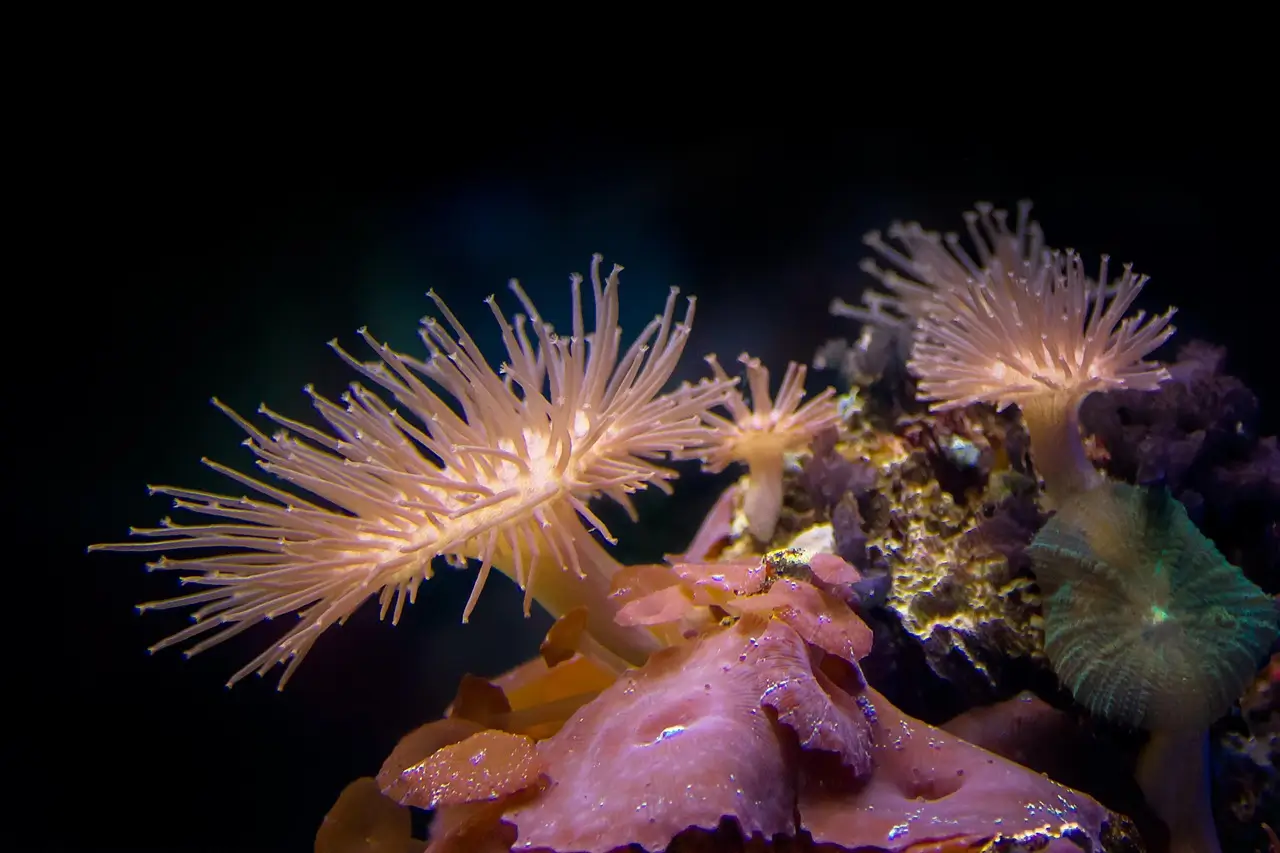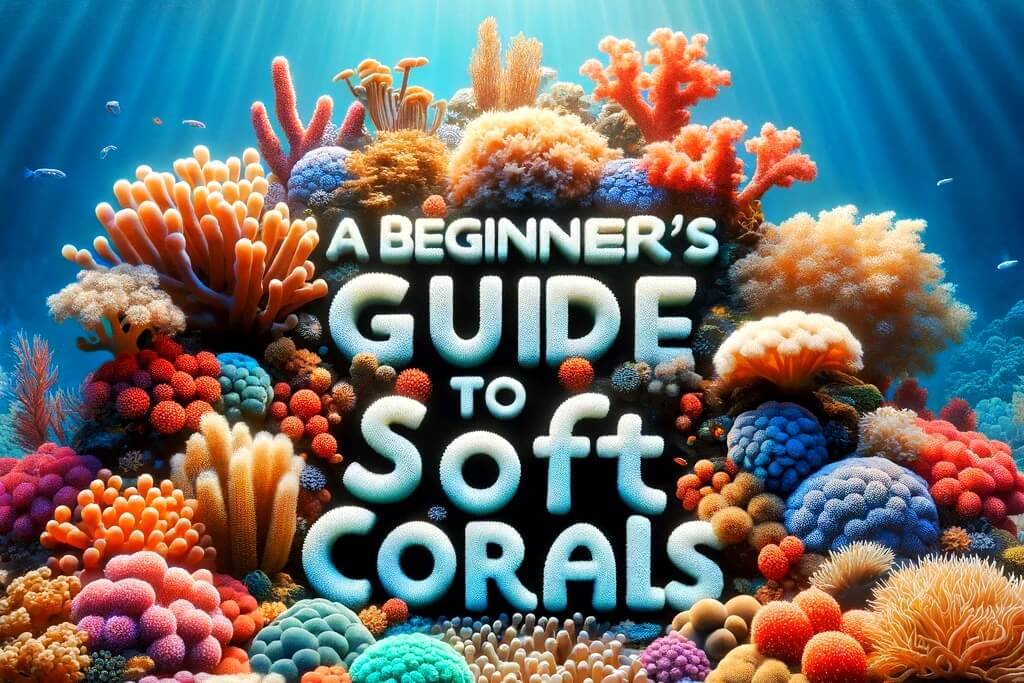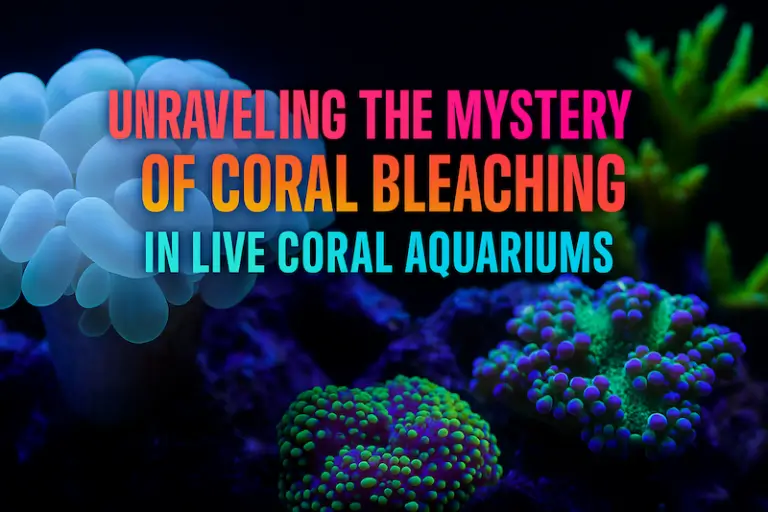Soft Corals Here’s What You Need to Know
Soft corals of the genus Alcyonacea are some of the most recognisable animals in the hobby and on coral reefs across the world. Able to grow and spread rapidly, they can form immense colonies populated by an equally immense variety of fish and invertebrates.
In this brief guide, I will give a basic overview of blanket requirements and care tips, along with how to make soft corals colour and beautify an aquarium.

In the aquarium keeping hobby, they are the go to corals for beginners, able to tolerate most beginners’ mistakes and able to grow rapidly across rocks and sand beds, with some species such as Pulsing Xenia becoming weed-like in ideal conditions.
In addition, soft corals are an easy and effective way to add colour to a tank, with some stunning colours available on mushroom, zoanthids and even leather corals.
Anatomy
Soft corals are the most basic form of coral, possessing no base skeleton and a very thin internal skeleton, but there is nothing basic about the beautiful forms they can take.
Care
There are, with all marine tanks, three things you need to be successful, good water quality, good flow and good lighting.
Beyond that you need a stable salinity of 1.025 and a good weekly maintenance routine, for soft corals that is generally all you need to do to maintain them in good colour and health.
Feeding
Soft corals also benefit from feeding, certain non-photosynthetic species such as Nephthea require feeding to survive, but this is fairly easy to accomplish with microplankton foods for leather corals and zoanthids, and sinking pellets or similar for mushroom corals.

Handling
Handling soft corals is fairly straightforward, they are after all, soft. However some precautions should be taken particularly with zoanthids and palythoa, which possess a toxic mucus that can make you feel unwell if it gets into your skin through cuts, handle all corals in this family with care and wear gloves if necessary.
Maintenance
With soft corals, you should always run activated carbon in the tank, leather corals in particular secrete toxins called Terpenoids, which they use to discourage nearby competition, activated carbon and weekly 10% water changes are all thats needed to prevent this toxin building up in the water.
Selection
With coral selection, it’s as easy as adding colour and movement to the tank with whichever soft coral species you desire, Ricordea and Rhodactis mushrooms can easily fill rocks with stunning shades of yellow, orange and even red. Zoanthids come in a truly endless variety of colours and are easily placed on the sand bed or secured to rockwork.
Clove polyps, tree corals and xenia will add a lot of movement to the tank, and will create a wonderful natural look in the right spot.
Reproduction
In the wild all Soft corals reproduce sexually through an event called spawning, co-ordinated on the lunar cycle; modern tank lighting has replicated the lunar cycle and spawning has been observed in captivity.
In the aquarium some corals such as mushrooms propagate themselves by dividing the tissue from their foot and growing new heads. This process is called pedal laceration. Others propagate through budding producing new heads from the colonial soft tissue at the base. This is prevalent amongst zoanthids and other species.
Conclusion
In summary, soft corals are a wonderful addition to any tank, even as an advanced aquarist I would happily put soft corals in my tank, they are an easy and wonderful way to add colour and movement to a tank, and are perfect for any beginner or low maintenance setup.








